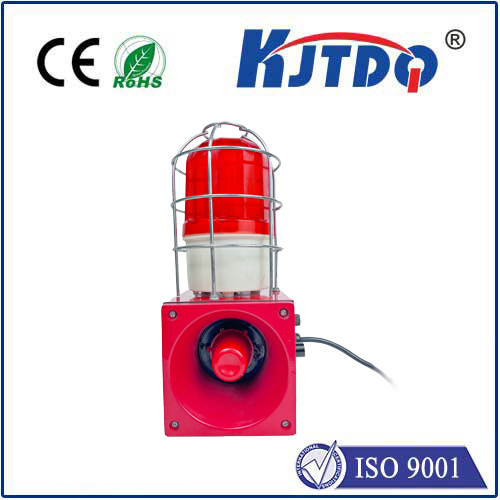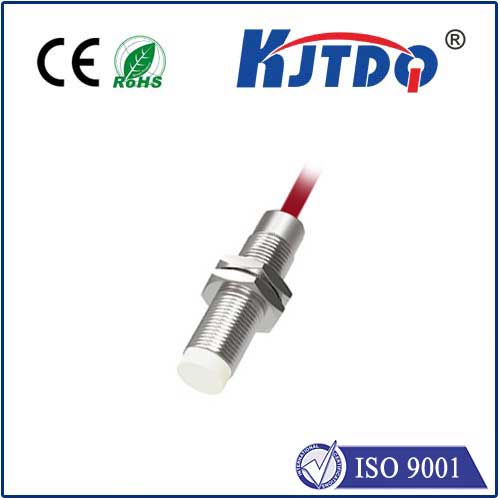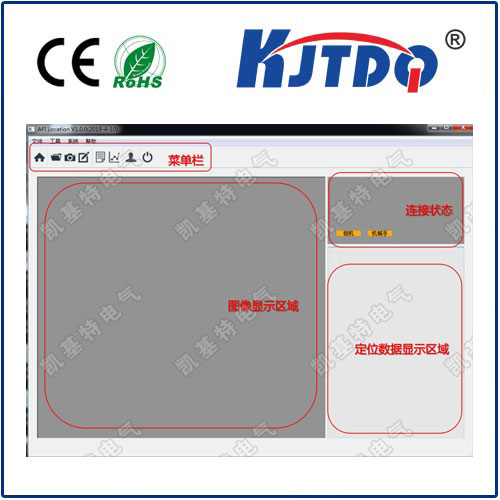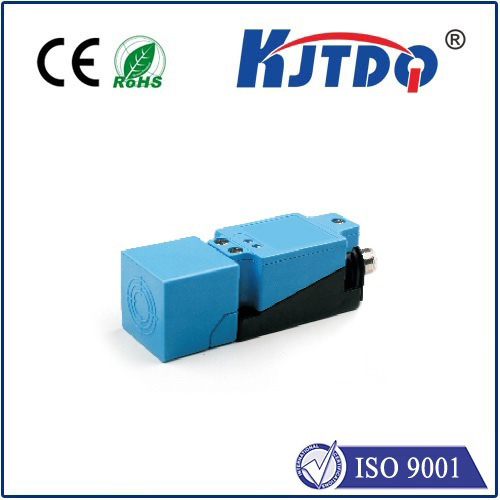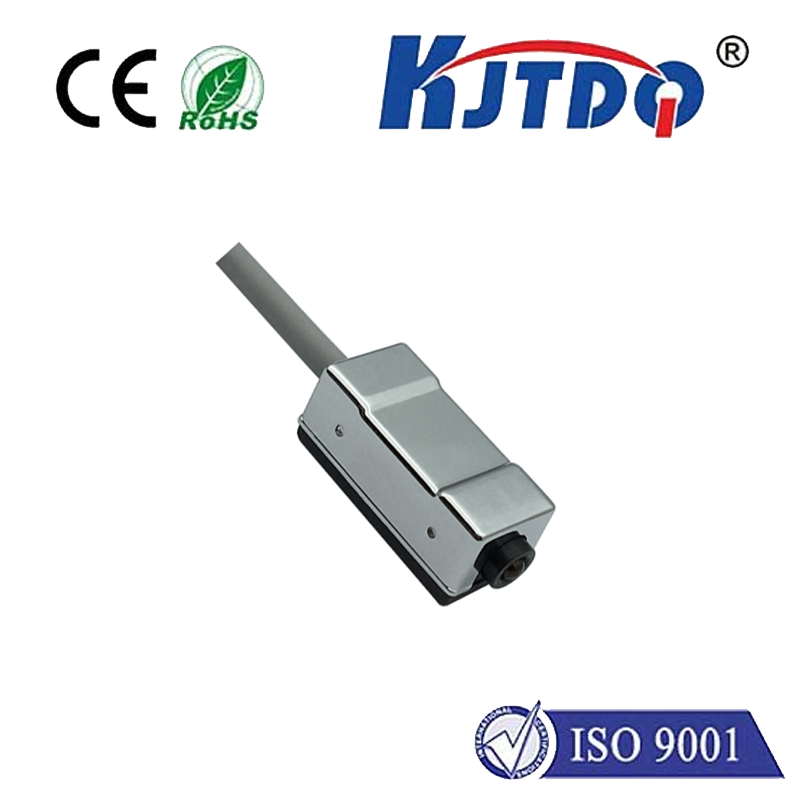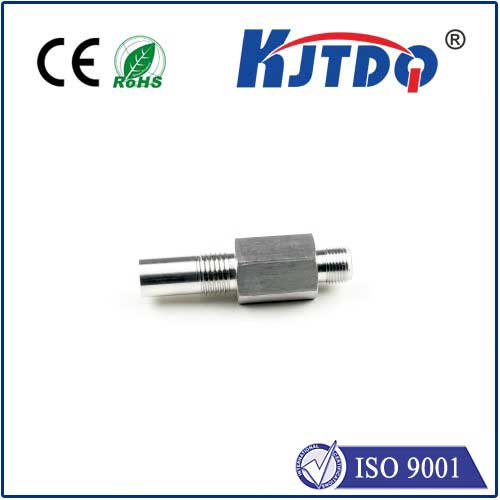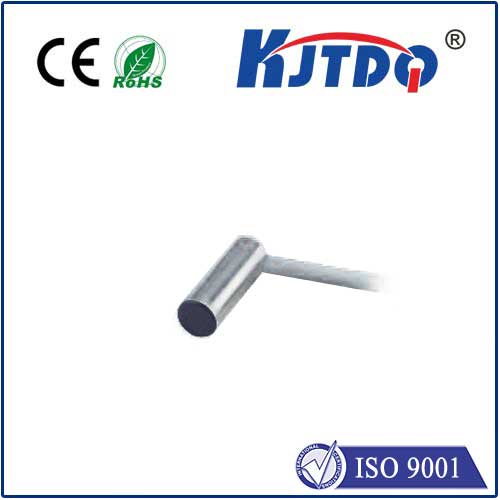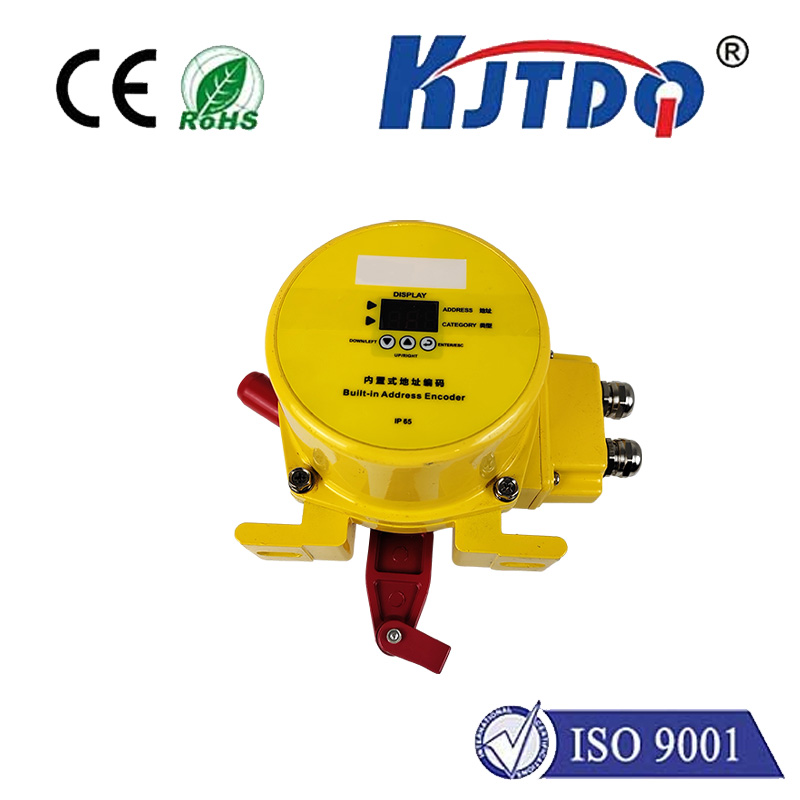
check

check

check

check
Title: Understanding the Importance of Trolley Limit Switches in Industrial Automation
The use of trolley limit switches has become increasingly essential in industrial automation systems due to their significant impact on system efficiency and safety. These mechanical devices are designed to detect when a trolley has reached its maximum travel distance or comes to a complete stop, allowing for timely control actions to be taken by the system. In this article, we will delve into the importance of trolley limit switches and how they contribute to the smooth operation of industrial automation systems.
1. The Role of Trolley Limit Switches in Industrial Automation
Trolley limit switches play a crucial role in ensuring safe and efficient operation of industrial machinery. When a trolley reaches its designated travel limit, the switch sends a signal to the control system, which can then take corrective action such as reversing the direction of the trolley, stopping the motor, or even shutting down the entire system. By doing so, trolley limit switches prevent equipment from overrunning or colliding with other objects, reducing the risk of accidents and damage to machinery. Additionally, these switches help maintain optimal speed and positioning within the system, leading to improved productivity and quality.
1. Types of Trolley Limit Switches
There are two main types of trolley limit switches: magnetic and optical.

a) Magnetic Trolley Limit Switches
Magnetic trolley limit switches use a permanent magnet to create an electrical circuit when the trolley reaches its end point. The switch is typically mounted on the trolley itself, with the arm extending out of the way to prevent accidental contact with moving parts. Magnetic switches are simple, reliable, and cost-effective options for many applications.
b) Optical Trolley Limit Switches
Optical trolley limit switches use light beams to detect when the trolley has reached its destination. The switch consists of a lens that aligns with a light source when the trolley is in motion. Once aligned, the lens blocks the light, sending a signal to the control system that the trolley has reached its limits. Optical switches offer increased accuracy and precision compared to magnetic switches, but they require more complex installation and maintenance procedures.
1. Factors Affecting Trolley Limit Switch Performance
The performance of trolley limit switches can be influenced by several factors, including:
a) Material Selection: The quality and durability of the material used in the manufacture of the switch can impact its life cycle and reliability. High-quality materials such as silicone or polycarbonate are preferred due to their resistance to wear and tear.
b) Installation Position: The optimal placement of the switch is critical for proper detection of the trolley's movements. The switch should be positioned at a consistent distance from both ends of the trolley, as well as adjusted according to changes in track width or height.
c) Operating Environment: Environmental factors such as temperature, humidity, dust, and vibration can affect the performance of trolley limit switches. It is essential to ensure that the switch is suitable for the operating environment and can withstand any potential hazards.
d) Maintenance: Regular inspection and maintenance of trolley limit switches are necessary for maintaining their accurate detection capabilities. Dust buildup or misalignment can interfere with the switch's functionality and increase the risk of accidents.
In conclusion, trolley limit switches play a vital role in ensuring safe and efficient operation of industrial automation systems. Their correct installation, maintenance, and selection based on factors such as material type and operating environment are all essential components of maintaining their effectiveness. By understanding the importance of trolley limit switches and implementing appropriate measures, businesses can optimize their industrial processes while minimizing risks and ensuring long-term success.
